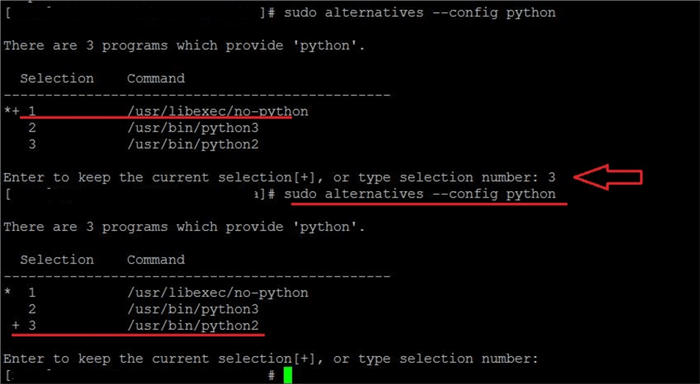

Your system needs to be already registered with Red Hat.įirst, you will enable two Red Hat software repositories that are disabled by default. In the process, you will add the necessary software repositories, then verify that your system has a current Red Hat subscription and is able to receive updates from Red Hat. In this step, you will configure your system to build and run docker containers. If you encounter difficulties at any point, see Troubleshooting and FAQ. Developers can get a no-cost Red Hat Enterprise Linux Developer Suite subscription for development purposes by registering and downloading through. You will need a system running Red Hat Enterprise Linux 7 Server with a current Red Hat subscription that allows you to download software and updates from Red Hat. You will use the Python 3.5 container image from Red Hat Software Collections (RHSCL) as the basis for your containerized application. In order to build and run containers you will first install docker on your Red Hat Enterprise Linux 7 system. In this tutorial, you will learn how to start building Python 3.5 applications in docker containers on Red Hat Enterprise Linux. Status, result, response, _ = conn.Get started building Python 3.5 applications in docker containers on Red Hat Enterprise Linux in under 15 minutes. The same codebase runs in Python 2, Python 3, PyPy and PyP圓: pip install ldap3įrom ldap3 import Server, Connection, SAFE_SYNCĬonn = Connection(server, 'my_user', 'my_password', client_strategy=SAFE_SYNC, auto_bind=True) Ldap3 is a strictly RFC 4510 conforming LDAP V3 pure Python client library. You can install the proper version for Python-3.X though using following command: # if pip3 is the default pip alias for python-3Īlso here is the link of PiPy package for further information: python3-ldap 0.9.8.4 OR Output: Installing collected packages: pyldap On a concrete example the installation would be: pip install. The current version for pyldap is 2.4.45. Open a console then cd to where you've downloaded your file like some-package.whl and use:.Go to the page pyldap or/and python-ldap and download the latest version *whl.

I had problems with the installation on Windows, so one of the solutions is to install the ldap package manually.


 0 kommentar(er)
0 kommentar(er)
